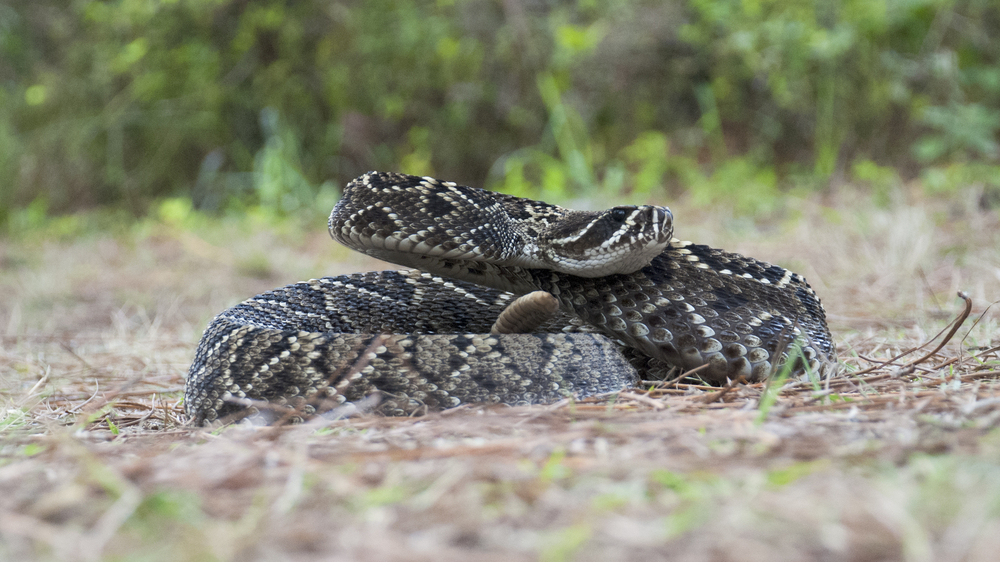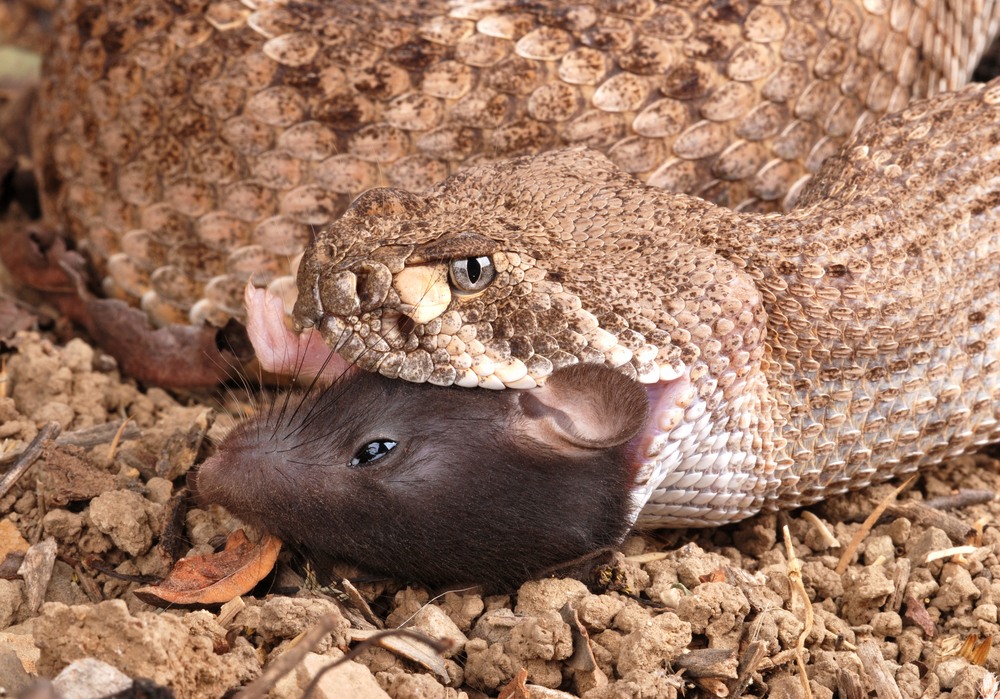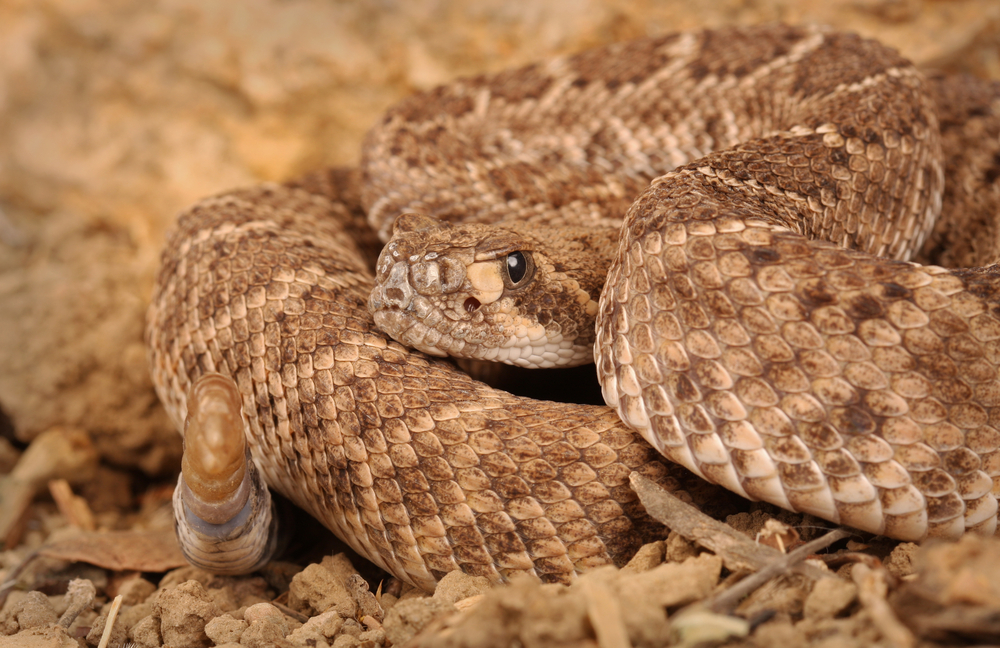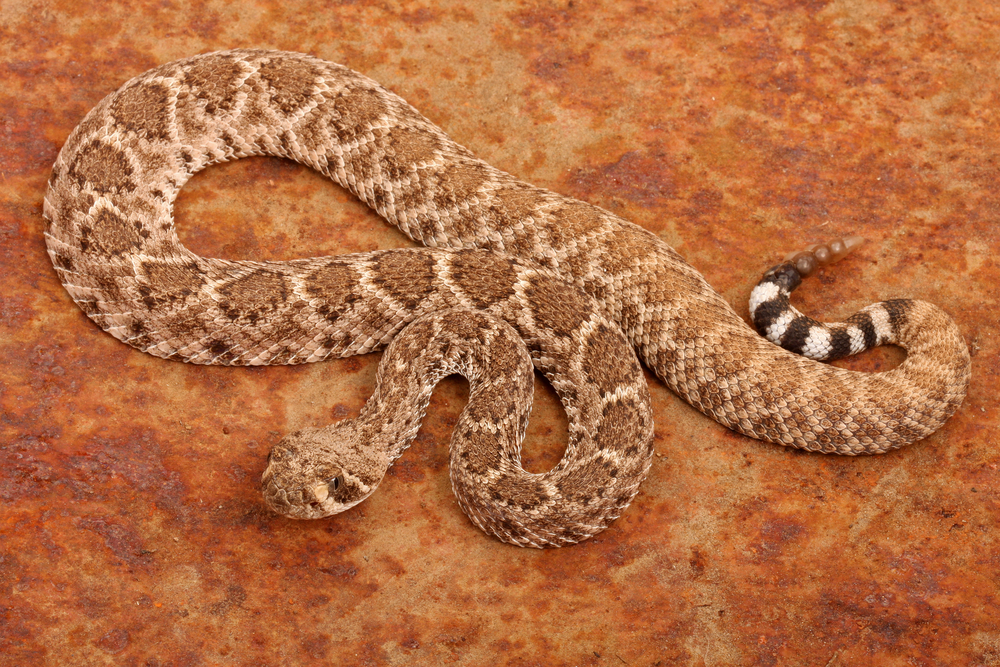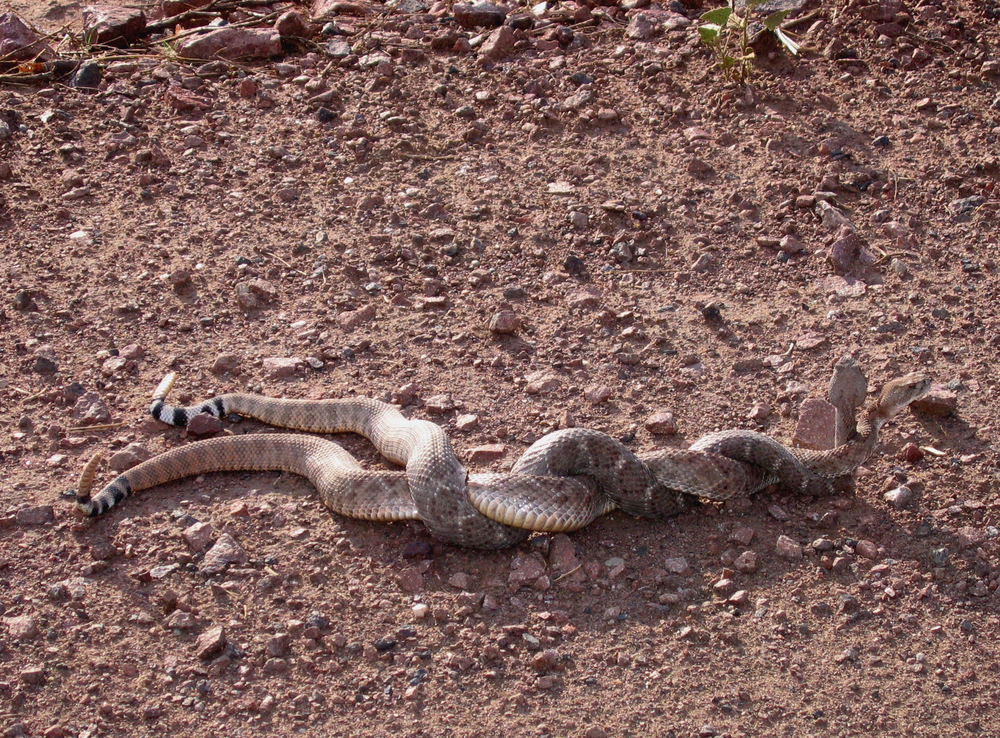The Western Diamondback Rattlesnake (Crotalus atrox) has several distinguishing features that set it apart from other rattlesnake species:
1. Physical Appearance:
- Distinctive Pattern: The Western Diamondback is known for its prominent diamond-shaped patterns along its back, bordered by lighter scales, making it one of the most recognizable rattlesnakes.
- Tail Bands: It features distinct black and white bands near the rattle (coontail pattern), which are more defined than in many other rattlesnake species.
2. Size:
- Large Size: It is one of the larger rattlesnake species, with adults commonly reaching lengths of 3 to 5 feet, and sometimes longer.
3. Behavior and Temperament:
- Aggressiveness: The Western Diamondback is often considered more aggressive and defensive compared to some other rattlesnake species. It is known to stand its ground and rattle vigorously when threatened.
4. Venom Potency:
- While all rattlesnakes have venomous bites, the venom composition of the Western Diamondback is particularly potent and contains a mix of hemotoxic and neurotoxic components.
5. Habitat:
- Habitat Adaptability: It is found in a wide range of habitats from deserts to grasslands and scrublands, demonstrating a high degree of adaptability.
6. Ecological Role:
- Like other rattlesnakes, it plays a crucial role in controlling rodent populations, but its large size allows it to prey on a wider range of animals.
7. Rattle Sound:
- The rattle of the Western Diamondback is particularly loud and serves as an effective warning mechanism.
These characteristics make the Western Diamondback Rattlesnake a distinctive member of the rattlesnake family, with adaptations and behaviors that are well-suited to its environment and position as a top predator in its ecosystem.




































































